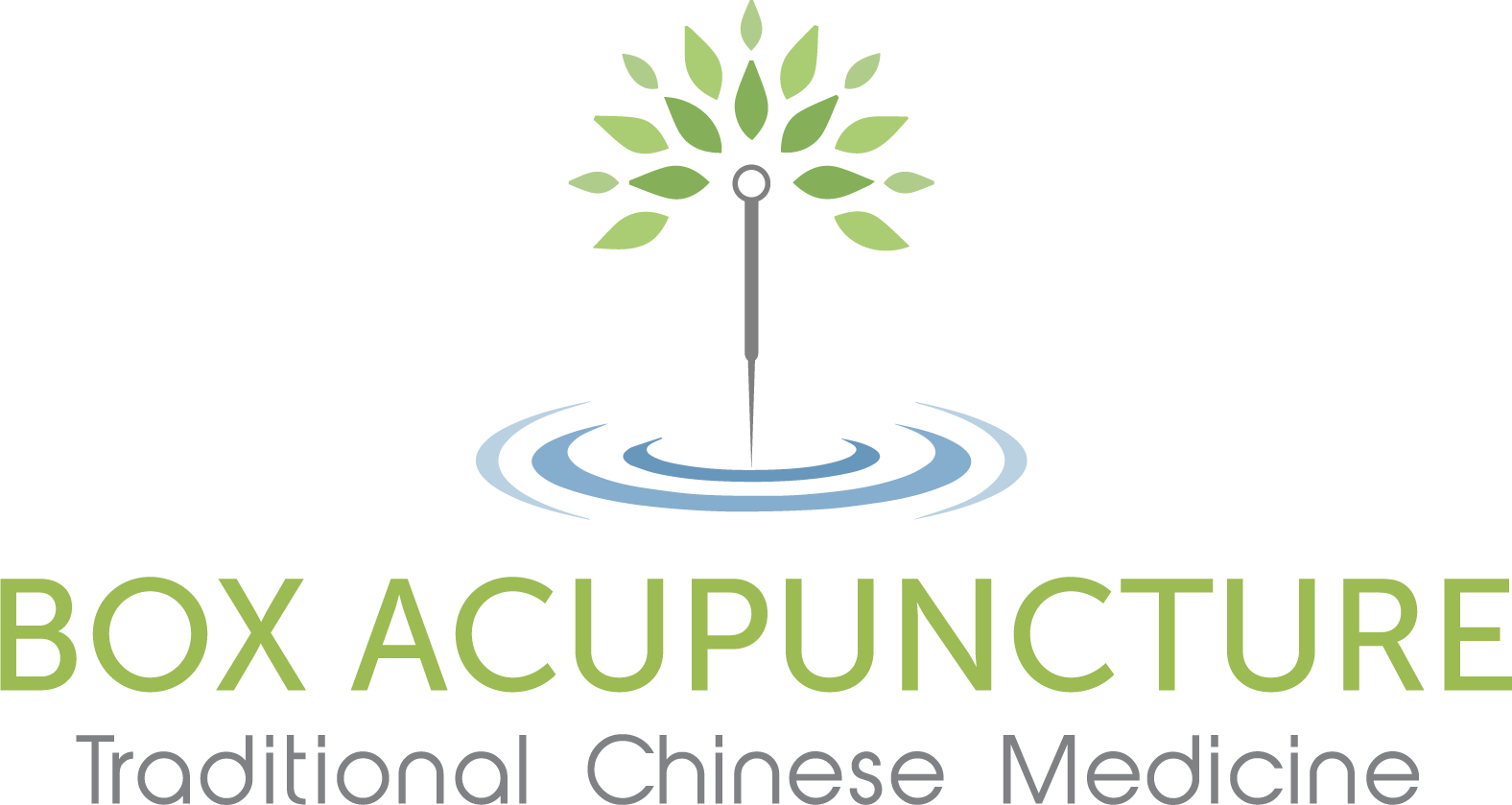Tensor Fascia Lata (TFL) Treatments
3-D Rendering of the TFL Muscle: TFL Muscle
Understanding Tensor Fascia Lata (TFL) Conditions and How Acupuncture, Cupping, and Dry Needling Can Help
When it comes to hip pain, tightness, or even unexplained knee discomfort, one of the most overlooked culprits is the Tensor Fascia Lata (TFL). This small but mighty muscle plays a significant role in hip stability and movement. Unfortunately, when it becomes overactive or tight, it can create a cascade of issues that affect not just your hips, but your entire lower body.
What Is the Tensor Fascia Lata (TFL)?
The TFL is a muscle located on the outside of your hip, connecting the iliac crest (part of your pelvis) to the iliotibial (IT) band, which runs down the outside of your thigh to your knee. Its primary functions include:
Assisting with hip flexion (lifting your leg forward)
Aiding in hip abduction (moving your leg out to the side)
Providing stability to the pelvis and knee
While the TFL is essential for activities like walking, running, and climbing stairs, it can become problematic when it compensates for weak glutes or poor movement patterns.
Common Conditions Related to TFL Dysfunction
When the TFL becomes tight, overused, or strained, it can lead to several conditions, including:
IT Band Syndrome: Tightness in the TFL can pull on the IT band, causing friction along the outside of the knee.
Hip Bursitis: TFL tightness can create excessive pressure on the bursa (fluid-filled sacs) around the hip joint, leading to inflammation.
Lower Back Pain: A tight TFL can alter pelvic alignment, contributing to lower back discomfort.
Knee Pain: Due to its connection with the IT band, TFL dysfunction can cause referred pain around the knee, even if the knee itself isn’t injured.
Piriformis Syndrome or Sciatic-like Symptoms: Overcompensation by the TFL can lead to irritation of nearby nerves, mimicking sciatic nerve pain.
How Acupuncture, Cupping Therapy, and Dry Needling Can Help
Addressing TFL-related issues isn’t just about stretching or foam rolling (though those can help). At our clinic, we use an integrative approach combining acupuncture, cupping therapy, and dry needling to provide lasting relief.
1. Acupuncture: Restoring Balance and Reducing Pain
Acupuncture isn’t just about inserting needles; it’s about restoring the body’s natural balance. When treating TFL dysfunction:
Targeted Needling: We focus on specific acupuncture points that release tension in the TFL, hip flexors, and glutes.
Improved Blood Flow: Needling enhances circulation, reducing inflammation and promoting healing.
Nervous System Regulation: Acupuncture helps calm the nervous system, which can reduce pain sensitivity and muscle guarding.
2. Cupping Therapy: Releasing Tension and Improving Mobility
Cupping therapy is a fantastic complement to acupuncture, especially for muscular tightness:
Myofascial Release: The suction created by cups lifts the skin and underlying fascia, helping to release adhesions and improve mobility.
Decompression: Unlike massage, which compresses tissues, cupping decompresses, allowing for better blood flow and nutrient delivery to the area.
Pain Reduction: Many patients experience immediate relief from tightness and discomfort after cupping sessions.
3. Dry Needling: Precision for Trigger Point Release
Dry needling specifically targets myofascial trigger points—tight, irritable knots within muscles. For TFL-related issues:
Trigger Point Inactivation: By inserting needles directly into TFL trigger points, we can elicit a twitch response, which helps release the muscle.
Deep Tissue Access: Dry needling reaches deeper muscle layers that are often difficult to address with manual therapy alone.
Rapid Pain Relief: Many patients report immediate improvement in mobility and a reduction in pain after dry needling.
Why an Integrative Approach Works Best
Each therapy—acupuncture, cupping, and dry needling—offers unique benefits, but when combined, they create a synergistic effect:
Acupuncture addresses the root cause of the dysfunction, balancing the body's energy and reducing systemic inflammation.
Cupping releases fascial restrictions and improves circulation, enhancing the body's natural healing process.
Dry Needling directly targets and deactivates trigger points, providing fast relief from muscular tension.
When to Seek Treatment
If you’re experiencing persistent hip tightness, unexplained knee pain, or lower back discomfort, don’t dismiss it as "just tight muscles." The TFL might be playing a bigger role than you realize. Early intervention with acupuncture, cupping, and dry needling can prevent minor issues from becoming chronic problems.
Book Your Appointment Today
At Box Acupuncture, our licensed acupuncturists specialize in treating musculoskeletal conditions like TFL dysfunction. We’ll create a personalized treatment plan to get you back to moving pain-free.
Schedule your appointment today and let us help you feel your best, one needle (or cup) at a time!
